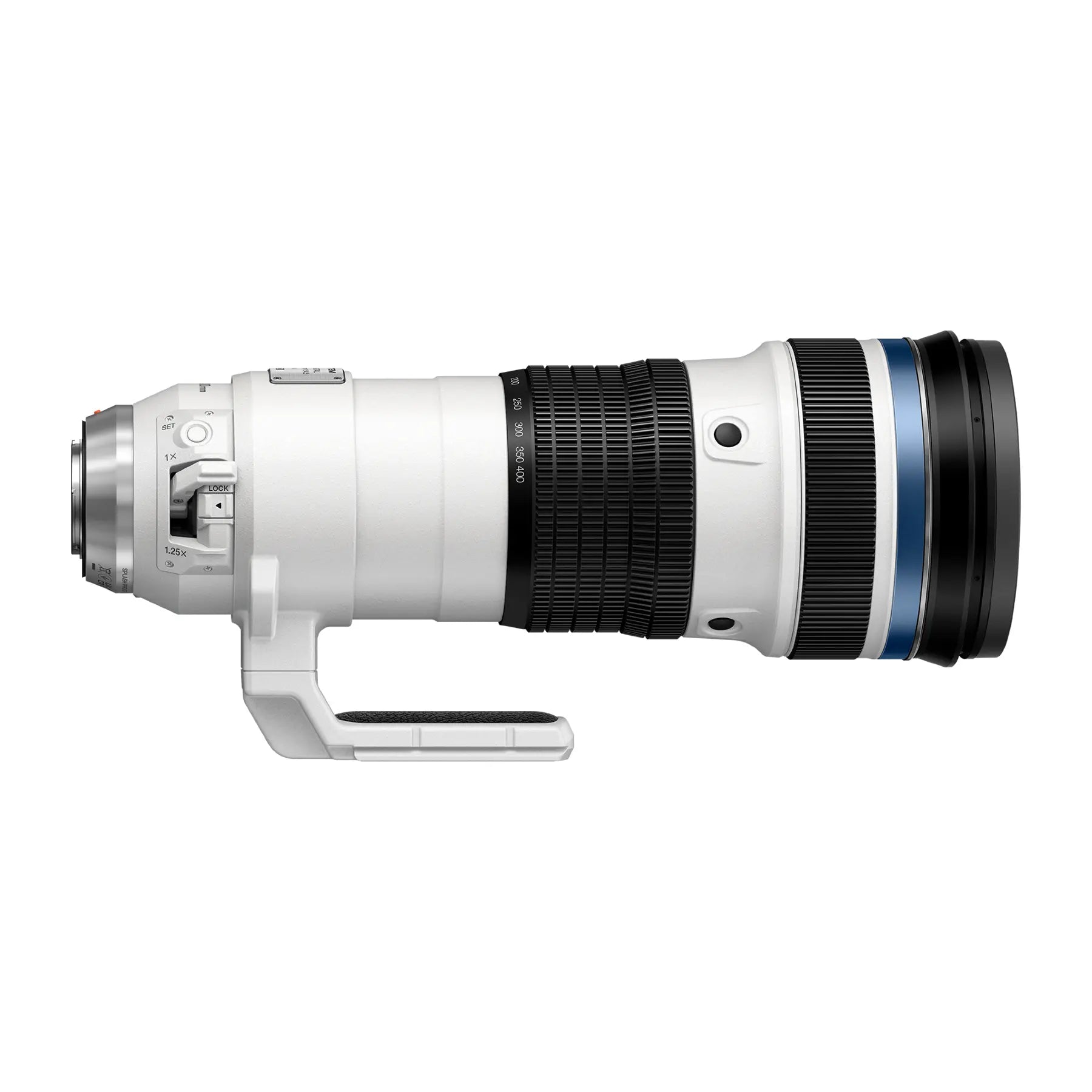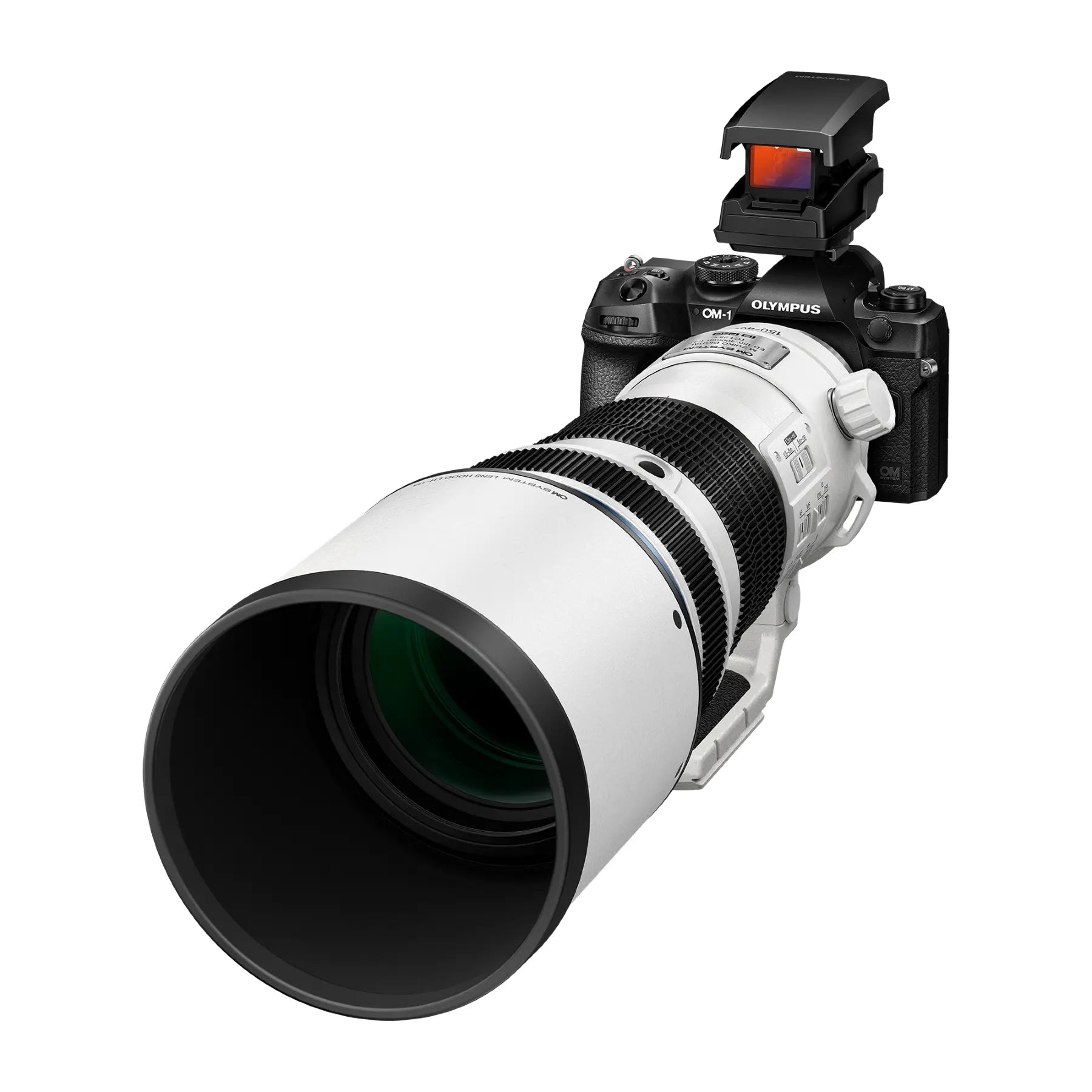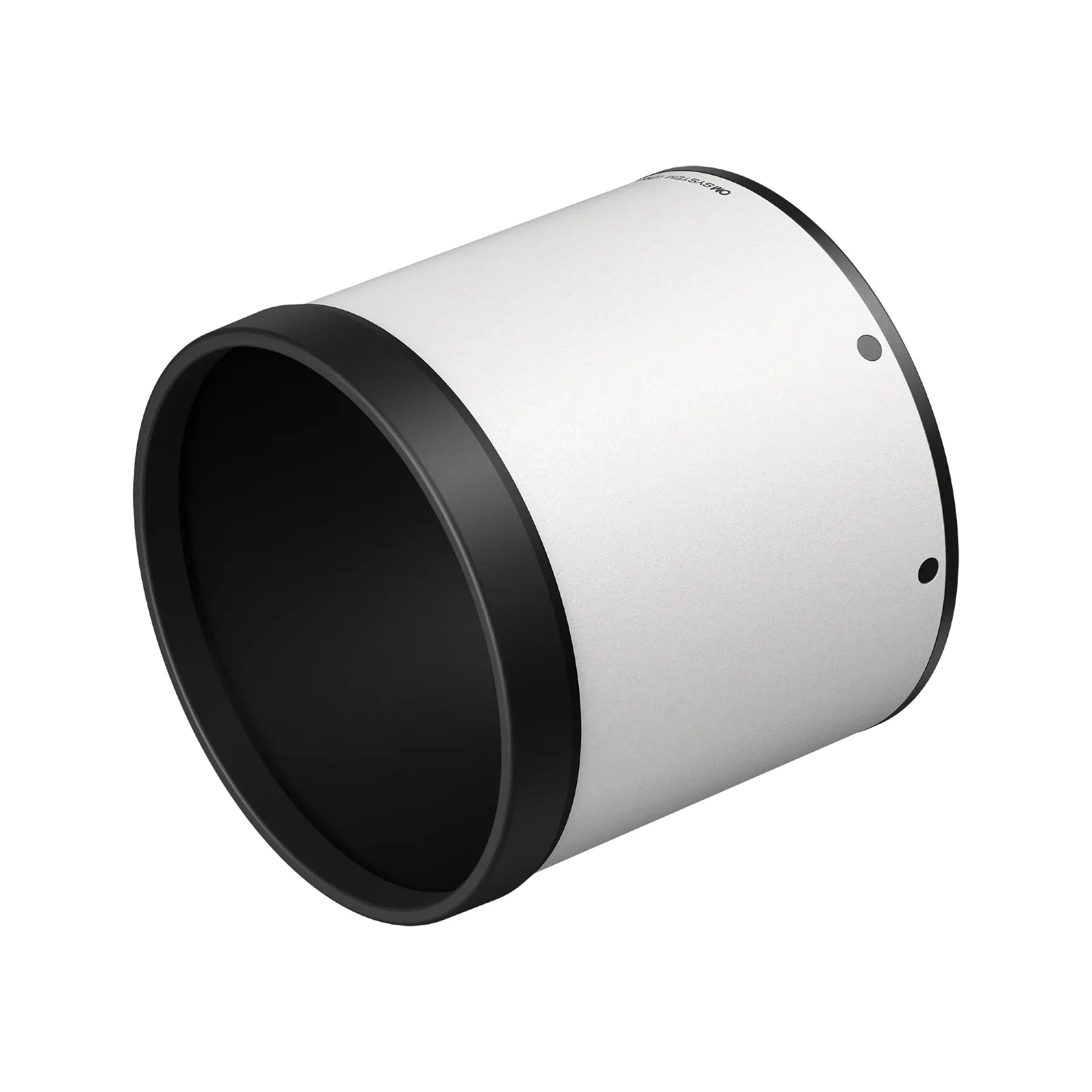Product Description
OM System M.Zuiko Digital ED 150-400mm f/4.5 TC1.25X IS PRO Lens
Ultimate Super-Telephoto Zoom with Built-In Teleconverter
The M.Zuiko Digital ED 150-400mm f/4.5 TC1.25X IS PRO is a high-performance super-telephoto zoom lens designed for Micro Four Thirds cameras. Offering a 300-800mm equivalent focal length, this professional-grade lens features a built-in 1.25x teleconverter, extending its reach to 375-1000mm equivalent at the flick of a switch.

With a constant f/4.5 maximum aperture, advanced optical image stabilization, and a weather-sealed magnesium alloy build, this lens is engineered for wildlife, sports, and nature photography, delivering exceptional sharpness and handling in even the most challenging environments.

Key Features
Super-Telephoto Zoom with Extended Reach
- 150-400mm focal length (300-800mm equivalent on 35mm format).
- Built-in 1.25x teleconverter, extending reach to 375-1000mm equivalent.
- Compatible with MC-14 1.4x and MC-20 2.0x Teleconverters, pushing potential reach up to 2000mm equivalent.

Professional-Grade Optical Performance
- Constant f/4.5 aperture ensures consistent brightness throughout the zoom range.
- Becomes f/5.6 with the built-in teleconverter engaged.
-
Advanced optical construction includes:
- One EDA (Extra-low Dispersion Aspherical) element.
- Four Super ED elements and two ED elements to minimize chromatic aberrations.
- Two HR (High Refractive Index) elements for edge-to-edge sharpness.
- One HD (High Definition) element for improved contrast and clarity.


Superior Coatings for Exceptional Image Quality
- Z Coating Nano minimizes flare and ghosting, delivering high contrast and colour accuracy in strong lighting conditions.
- Fluorine-coated front element repels dust, smudges, and fingerprints for easy cleaning.


Unmatched Image Stabilization
- Optical image stabilization ensures sharp images, even at extreme focal lengths.
- 5-axis Sync IS works with in-body stabilization for even greater handheld shooting stability.

Fast, Quiet Autofocus for Photography & Video
- MSC (Movie & Still Compatible) autofocus system delivers smooth, silent, and rapid focusing.
- Optimized for both still photography and professional video applications.

Durable, Lightweight & Weather-Sealed Construction
- Magnesium alloy and carbon fibre components keep the weight to just 4.1 lb (1.85 kg).
- Compact design measuring 4.6 x 12.4 inches (116.5 x 312mm), making it suitable for handheld use.
- IPX1-rated dustproof, freezeproof, and drip-proof construction for shooting in extreme conditions.
- Heat-resistant finish prevents overheating in direct sunlight.
- Integrated tripod collar provides stability and balanced support.

Technical Specifications
Focal Length & Aperture
- Focal length: 150-400mm (300-800mm equivalent)
- With built-in teleconverter: 187.5-500mm (375-1000mm equivalent)
- Maximum aperture: f/4.5 (f/5.6 with teleconverter engaged)
- Minimum aperture: f/22

Optical Design
- Advanced optical elements to minimize distortions and aberrations.
- Z Coating Nano for enhanced contrast and colour fidelity.

Focusing & Performance
- Minimum focusing distance: Close focus for versatile shooting.
- Autofocus system: MSC (Movie & Still Compatible) for silent, high-speed focusing.

Build & Dimensions
- Lens construction: Magnesium alloy and carbon fibre for a lightweight yet durable build.
- Weather-sealing: IPX1-rated dustproof, freezeproof, and drip-proof.
- Lens weight: 4.1 lb (1.85 kg)
- Dimensions: 4.6 x 12.4 inches (116.5 x 312mm)

Why Choose the Olympus 150-400mm f/4.5 TC1.25X IS PRO Lens?
- Unrivalled zoom reach – Built-in teleconverter extends to 1000mm equivalent.
- Lightweight and handheld-friendly – Compact for a super-telephoto lens.
- Professional-grade weather sealing – Reliable in extreme conditions.
- Superb image quality – Premium optics and coatings ensure sharp, high-contrast images.
- Powerful stabilization – Handheld shooting is easy with Sync IS support.
- Silent, high-speed autofocus – Perfect for wildlife, sports, and professional video work.

The M.Zuiko Digital ED 150-400mm f/4.5 TC1.25X IS PRO is the ultimate lens for wildlife, sports, and nature photographers who demand unparalleled reach, clarity, and performance in a rugged, travel-friendly package. Whether you're capturing fast-moving subjects or distant landscapes, this lens delivers exceptional results in any environment.

Payment & Security
Your payment information is processed securely. We do not store credit card details nor have access to your credit card information.























